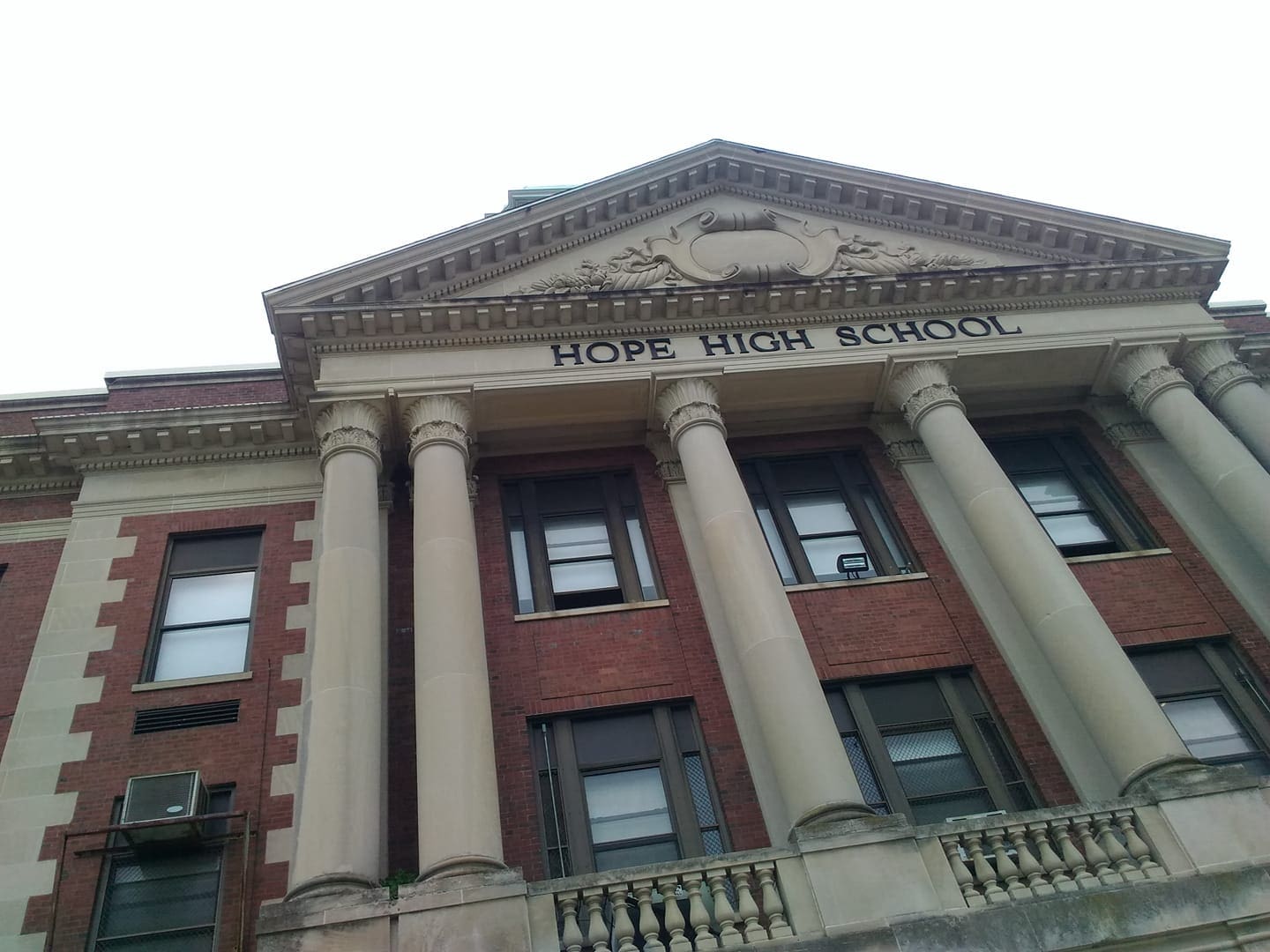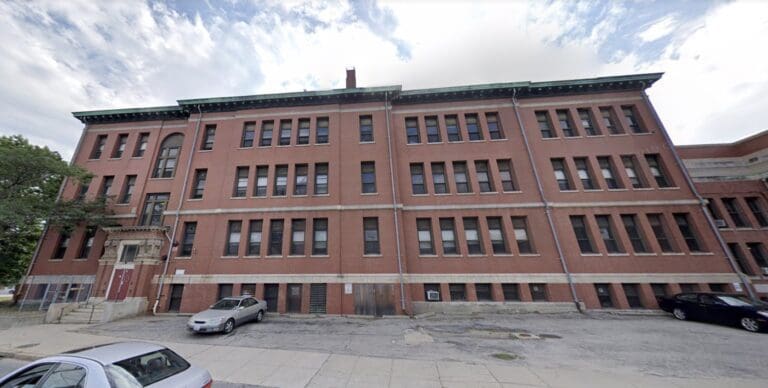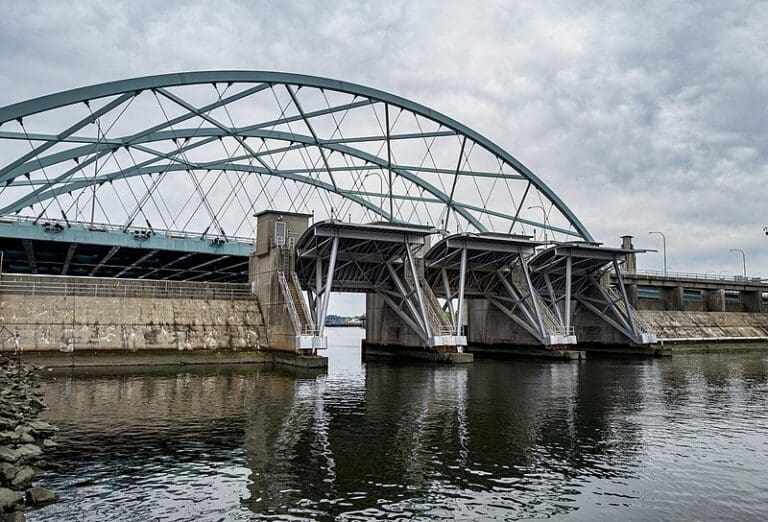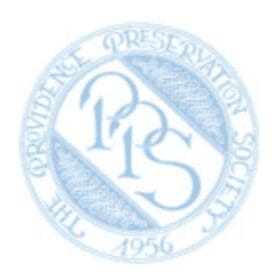Search Posts
Recent Posts
- RI Veterans: Did you know? 25.04.24 (100th for Louis Dolce, events, resources) – John A. Cianci April 25, 2024
- Business Beat: Bad Mouth Bikes takes home 3 national awards April 25, 2024
- Rhode Island Weather for April 25, 2024 – John Donnelly April 25, 2024
- We Cook! Mill’s Tavern’s Cajun North Atlantic Swordfish, Mango Salsa, Cilantro Citrus Aioli April 25, 2024
- The Light Foundation & RI DEM’s 4th Annual Mentored Youth Turkey Hunt a success April 25, 2024
Categories
Subscribe!
Thanks for subscribing! Please check your email for further instructions.

All Providence infrastructure, every public school on PPS Most Endangered Property list
PPS’ annual Most Endangered Property list is our organization’s signature statement on the stewardship of Providence’s rich architectural legacy. This year’s list puts a focus on publicly-owned buildings, an effort to emphasize the urgency of decades of deferred maintenance, neglect, or underutilization that is reaching a critical point.
In 2023, we have included the entirety of the Providence Public School District’s 4.2 million square feet of building space on the list. PPSD identifies only five percent of its property as high quality learning facilities, with an average age of 75 for a Providence school building and many more than 100 years old.
Other public properties on the list include the RIDOT headquarters and garage on Smith Hill, the Humboldt Avenue Fire Station, and the Urban League of Rhode Island site. The Superman Building also appears on the list for the ninth time.
2023 Most Endangered Properties List
- Industrial Trust Building (aka Superman Building), 111 Westminster Street, Downtown (1928)
- Asa Messer Elementary School, 158 Messer Street, West End (ca. 1890)
- Humboldt Fire Station, 155 Humboldt Avenue, Wayland (1906)
- Providence Gas Co. Purifier House, 200 Allens Avenue, South Providence (1900)
- RIDOT Headquarters and Garage, 30 Arline Street, Smith Hill (1927)
- Standard Wholesale Liquors Co., 115 Harris Avenue, Smith Hill (1937)
- Urban League of Rhode Island Site, 246 Prairie Avenue, Upper South Providence (ca. 1970s)
- Providence Public Schools, Citywide (various)
- Providence Infrastructure, Citywide (various)

The Providence Public School District (PPSD) as we know it traces its roots to 1828 with the passage of the Public School Act, which provided state funds for a centralized public school system. Over the next century, the city’s booming population demanded the construction of several new schools to accommodate all of Providence’s school-age children. 14 of the 37 active schools listed on the Providence Public Schools website date from 1900 to 1936 – the remaining schools largely date to the 1950s and ‘60s when the city experienced another surge in population.
Today, most of these school buildings are in disrepair and suffering from decades of delayed maintenance, inviting loaded discussions about what should be done to address these aging public buildings. However, school infrastructure is only one piece of a much larger puzzle that points to broader disinvestment in quality education. The state takeover of Providence schools in 2019 was prompted by a report conducted by the Johns Hopkins University Institute for Education Policy that described a struggling school district facing “deep, systemic dysfunction.”
A December 2022 announcement that two elementary schools would be closed at the end of the 2022-2023 school year surprised many residents and demonstrates a continuation of that dysfunction. The abrupt school closure of Carl G. Lauro Elementary (1928) and Alan Shawn Feinstein Elementary at Broad Street (1897) is being justified as “part of a plan to dramatically increase the number of students and teachers in modern facilities.” This framing points fingers at the buildings’ age as the driving factor necessitating their closure.
But for many, the layered history of a school is a source of identity, connection, and community. Principal Scott Barr of Classical High School, where the campus boasts buildings dating from 1897 through the 1970s, feels that this is true for his students: “There’s an immense source of pride coming through the school. It’s got a lot of history and success.” Classical High School funded recent renovations through the latest school bond measure, allowing for major improvements to its main academic buildings. Barr adds that students are excited about the investment in upgrading their buildings, arguing that “when the city invests in their school and education, [students] feel valued.”
Meanwhile, the families at the Lauro and Broad elementary schools are devastated at the impending loss of their institutions. Broad Street Kindergarten teacher Nina Ciniglio shared, “Although the demographics and businesses have changed over the years, the school is the one institution that has remained the same. (…) As the only school in the Washington Park community, it would be an immense loss.” The communities surrounding these schools are fighting to save their schools because they are an essential part of their neighborhoods.
“Historic” only comes to mean “inadequate” when generations of policymakers and administrators neglect their responsibility to care for the public buildings where our city’s youth spend their formative years. The city’s historic neighborhood schools should be viewed as an asset as the district regroups and makes strategic investments, and the fate of Lauro and Broad Street schools should be revisited so we can preserve not only the buildings, but the ecosystem of relationships and community ties around them. Providence must invest in the renovation, maintenance, and modernization of the district’s remaining school buildings — the students and teachers that learn and work in these buildings deserve better.
Providence Infrastructure

In 2021, we put the City of Providence on the Most Endangered Properties List citing its vulnerability to climate change impacts. This summer, Providence’s months-long drought was truncated by an intense storm event on Labor Day that flooded buildings and roadways and rendered areas of the city impassable. As nearly a foot of rain fell in a single day, drainage systems were completely inundated, even with RIDOT employees working hours to clear out excess water. In short: Providence’s infrastructure showed itself to be extremely vulnerable to the type of weather we can expect more of in the coming years.
Much of Providence’s downtown core sits on the footprint of the historic Great Salt Cove, which covered several hundred acres and was once deep enough to admit sailing ships. Over time, the cove’s marshes were filled in and the rivers engineered to create land for development. And although the city successfully tamed its waterways, contemporary FEMA maps identify these areas as most at risk to storm surge and sea level rise. The Army Corps of Engineers built the Fox Point Hurricane Barrier in 1966 to protect Providence’s vulnerable urban center and the surrounding low-lying areas from major storms surge. But the barrier does not protect against heavy rainfall and “nuisance” flooding, sea level rise, or increasingly high tides – and nearly a third of the city’s waterfront lies outside the barrier.
A significant challenge to addressing storm-related flooding is a scarcity of data – where flooding is occurring and to what degree. Pam Rubinoff and Thais Fournier at the Coastal Resources Center at the University of Rhode Island are working to create resources, tools, and capacity-building for flooding and other coastal issues. Their team administrates a community-run monitoring program via MyCoast: Rhode Island to collect data on flood hazards and future flood conditions. Funding and participating in projects like this offer an excellent opportunity to better understand how flooding will affect our city’s infrastructure and historic resources so we can prioritize what structural improvements and resilience strategies will help protect our city’s historic resources.
The City Plan Commission has begun preparing Providence’s next Comprehensive Plan. Last updated in 2014, the Comprehensive Plan outlines the policy and objectives for the City’s growth and development. This is a once-a-decade opportunity to influence policy and prioritize the preservation and sustainability of Providence. Evaluating our infrastructure for flooding resiliency is an integral part of that. It should include updating our drainage systems, creating more permeable surfaces, and working with organizations like the Coastal Resources Center. We must also re-evaluate our historic preservation policies and conventions so that we can incorporate ideas to better adapt and protect our historic resources from flooding and other adverse impacts. It is imperative that our goals moving forward are holistic and climate inclusive, so we can keep our city and our history above water.

